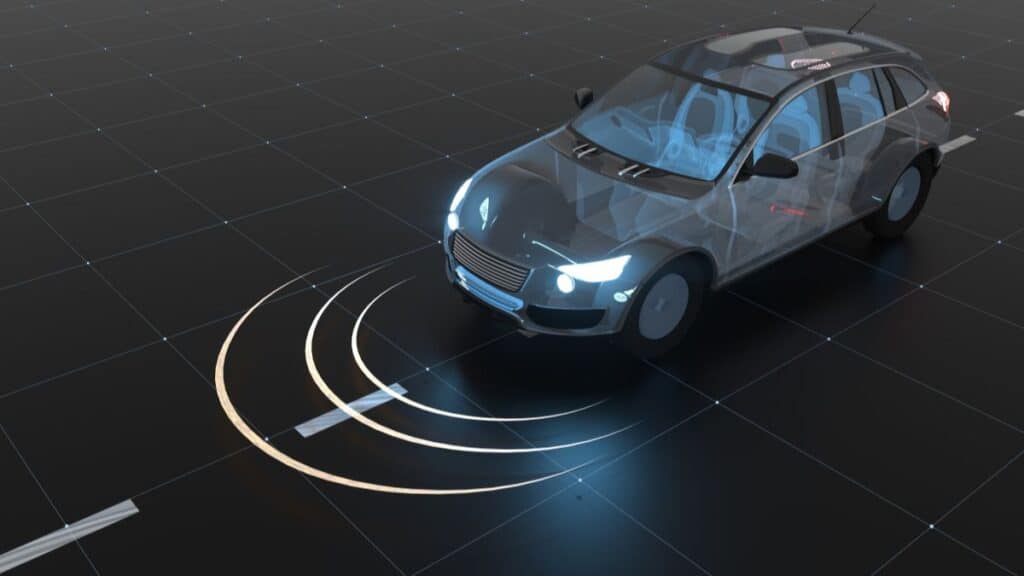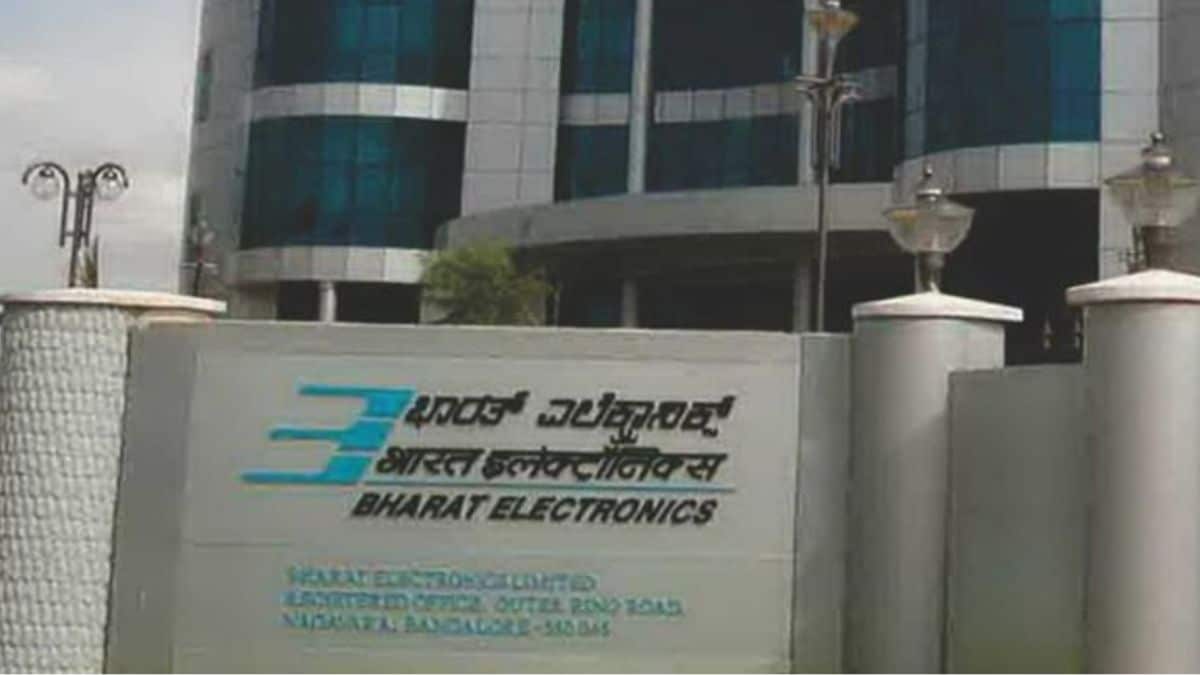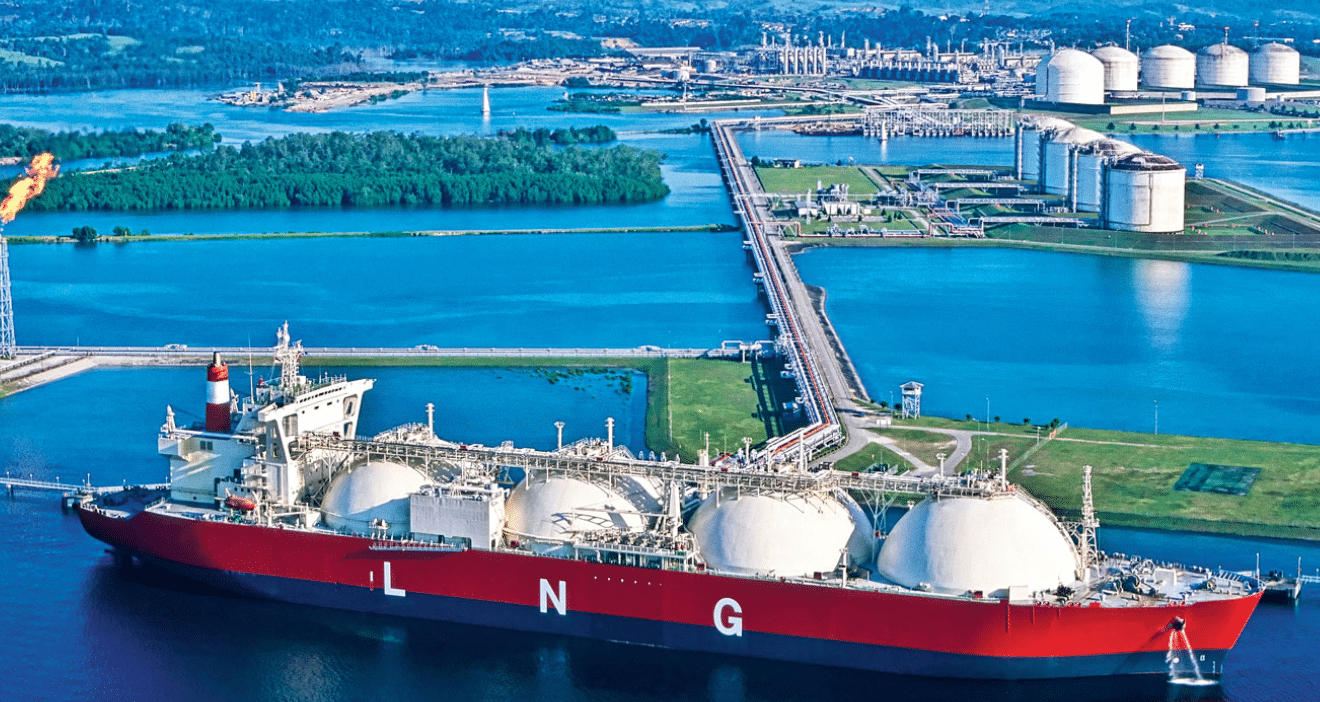Self-Driving Car: Discover how recent measures and improved communication between emergency responders and autonomous vehicle companies are reducing disruptions caused by driverless robotaxis in San Francisco.
also read: RVNL News: In Which Project Salasar-RVNL JV Emerged As A Lowest Bidder
Introduction: Self-Driving Car
In the bustling streets of San Francisco, the integration of self-driving cars has been met with a fair share of challenges, particularly in their interaction with emergency responders. However, recent developments suggest a promising shift in this narrative, as driverless robotaxis are now causing fewer disruptions to the city’s emergency operations.
Driverless Robotaxis

Last August, firefighters in San Francisco encountered a surge in incidents involving Cruise or Waymo driverless vehicles, with at least 25 reported disruptions in a single month. These disruptions ranged from intruding into active response areas, delaying firefighters’ responses, to even running over fire hoses and causing collisions. The frequency of these incidents raised concerns among city officials regarding the expanding presence of robotaxis and their potential impact on emergency services.
However, recent data indicates a significant decrease in such disruptions since January 2023. The San Francisco Fire Department reported a total of 85 incidents involving autonomous vehicles interfering with emergency responses, with the majority occurring before September. This decline coincides with various measures implemented by both city officials and autonomous vehicle companies to mitigate these challenges.

One notable factor contributing to the reduction in disruptions is the decreased activity of Cruise, which has historically accounted for a significant portion of documented incidents. Following a severe accident in October, Cruise faced regulatory action, leading to a reduction in its San Francisco fleet. Additionally, agreements between emergency responders and autonomous vehicle companies, such as allowing responders to take control of stalled vehicles and programming vehicles to avoid emergency scenes, have played a crucial role in minimizing disruptions.
Despite these improvements, challenges persist, as highlighted by incidents like Waymo robotaxis running over flares intended to deter traffic during emergency operations. However, ongoing dialogue between city officials and autonomous vehicle companies aims to address such issues and further enhance the compatibility of self-driving cars with emergency services.

The experiences of San Francisco’s emergency responders with self-driving technology are closely monitored by officials in other cities considering the introduction of robotaxis. With advancements in software and operational protocols, companies like Waymo are striving to enhance their systems’ understanding of emergencies and improve their responsiveness to first responders’ needs.
Conclusion: Self-Driving Car
As San Francisco serves as a testing ground for autonomous vehicles, the lessons learned from these experiences will undoubtedly shape the future of self-driving technology and its integration into urban environments worldwide.
also read: Exclusive: Driverless robotaxis are causing less mayhem on S.F. streets. City officials explain why











2 thoughts on “Self-Driving Car: How Driverless Robotaxis Cause Less Mayhem”
Comments are closed.